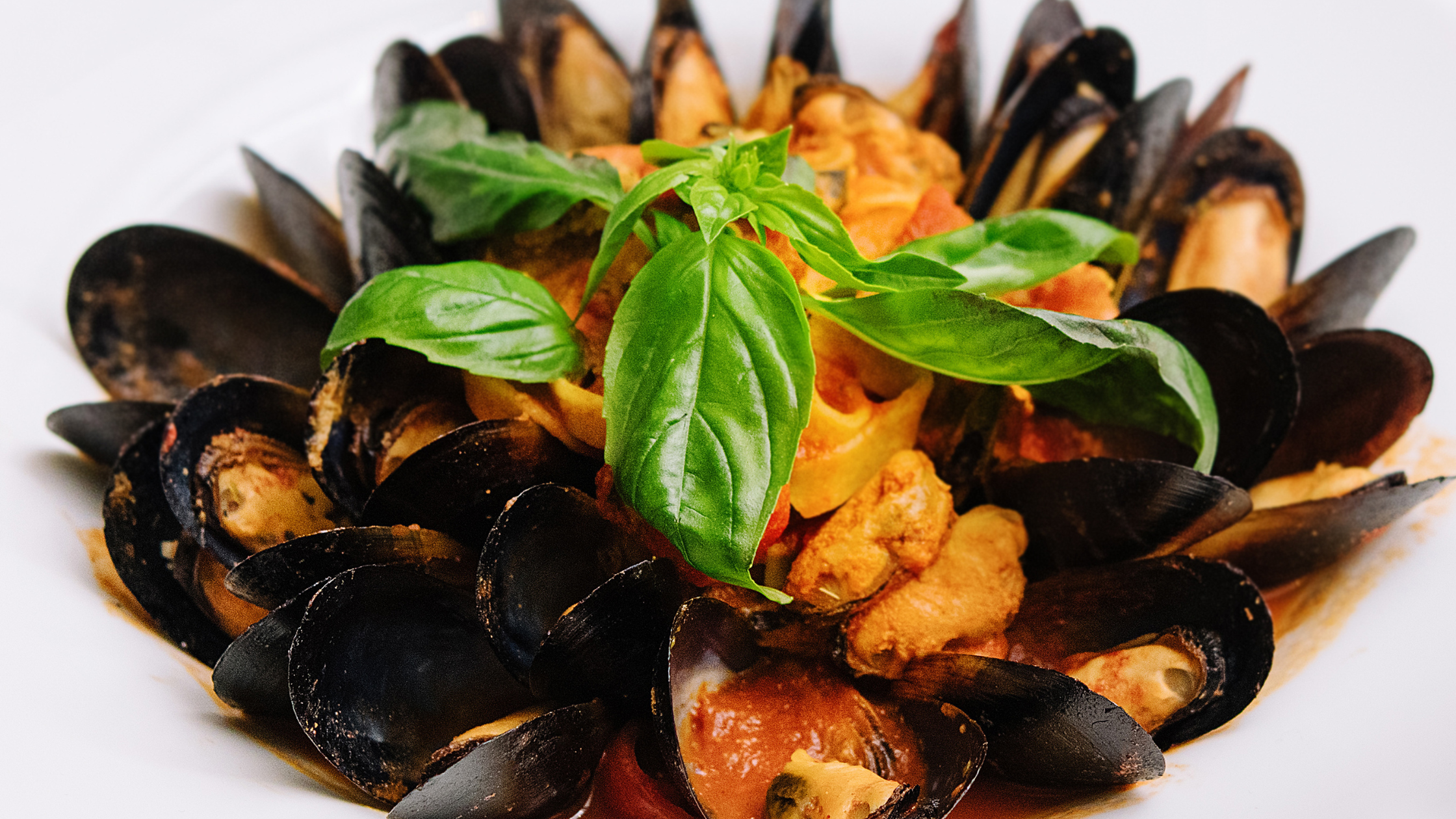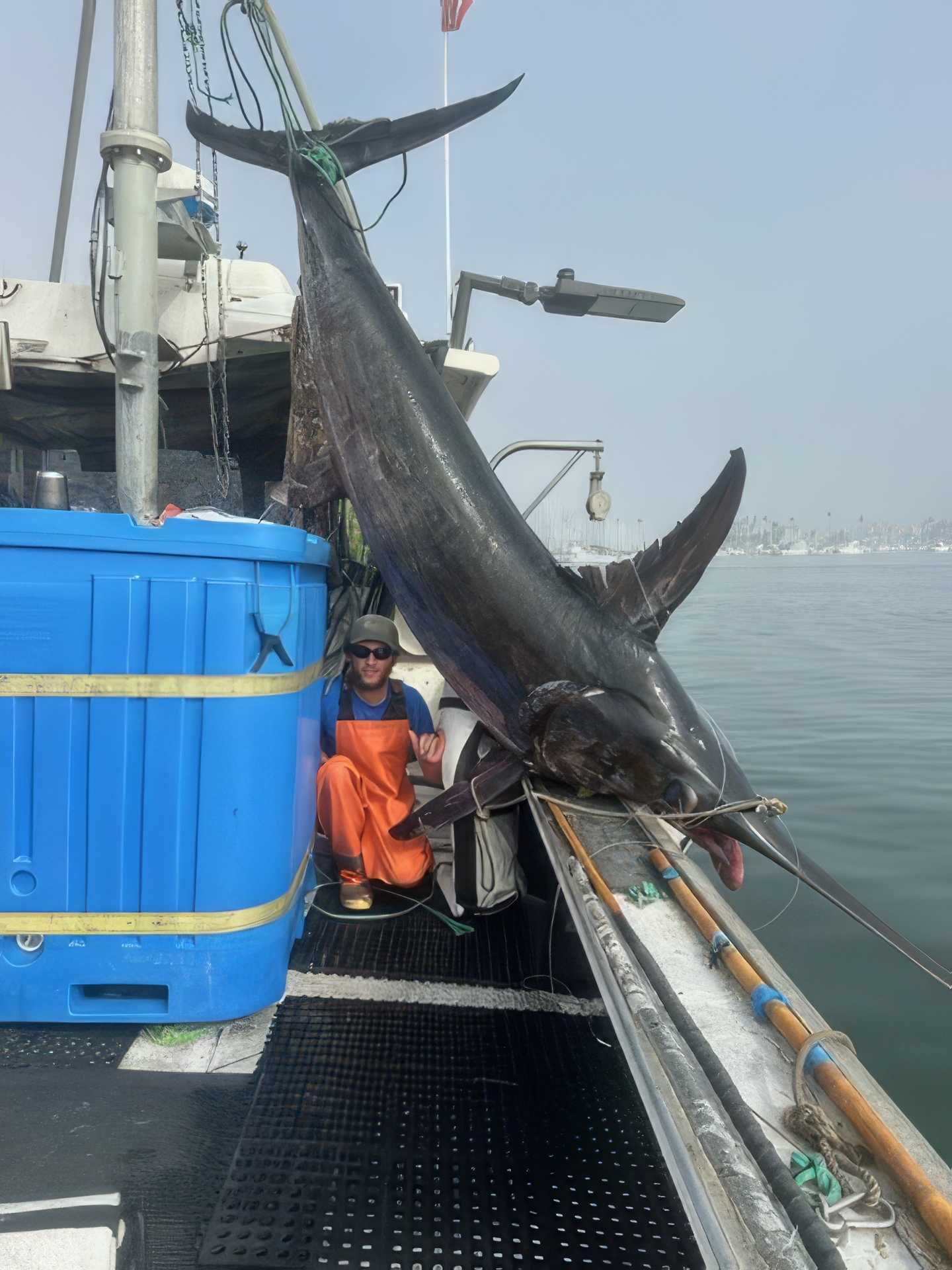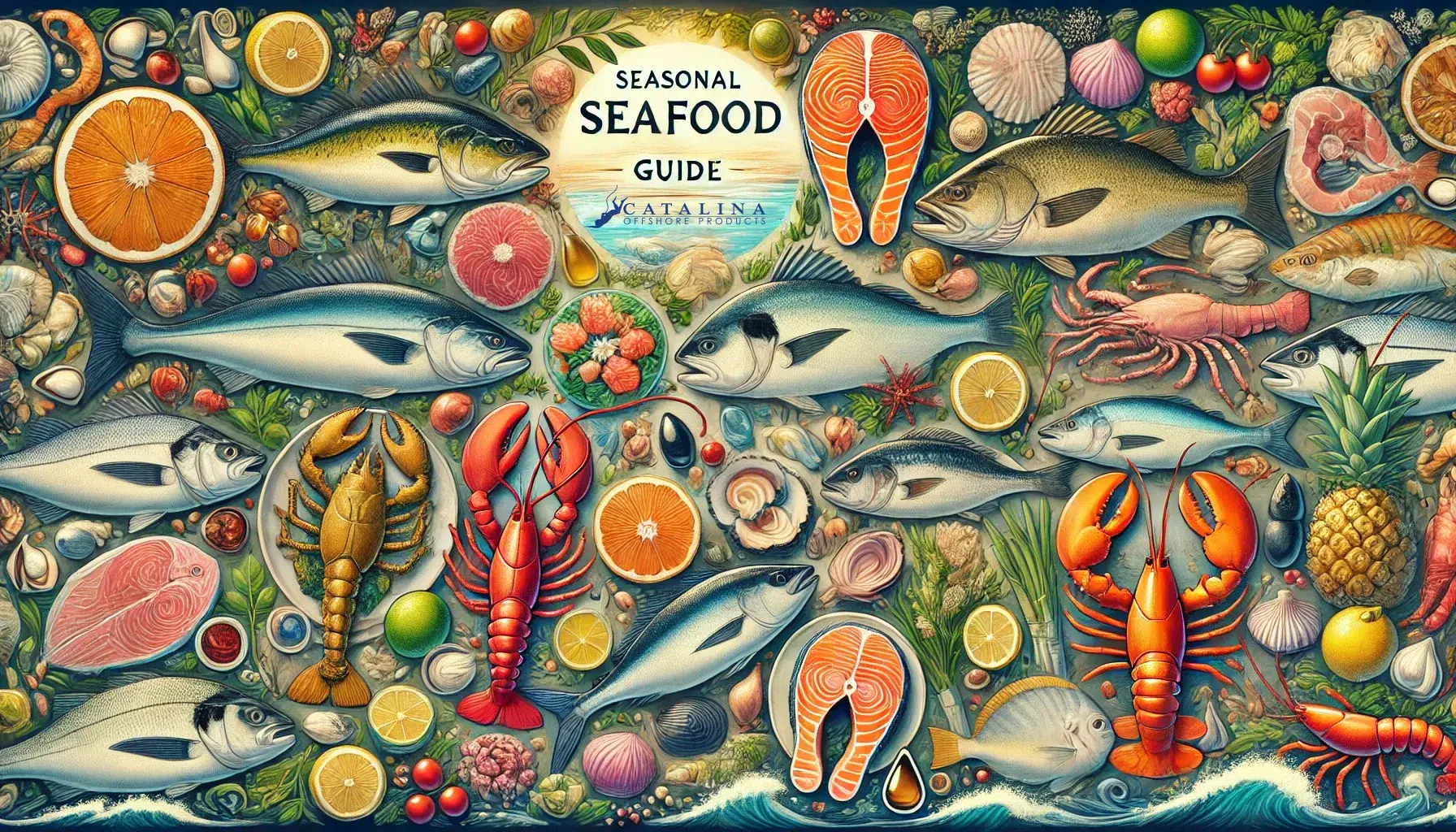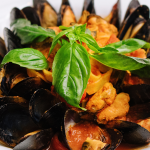
Savor the Sea: How to Make Mussels In White Wine Garlic Delight
Picture this: the sun dips below the horizon, casting a golden glow across the ocean while you sit at a seaside bistro, savoring each exquisite
FREE Overnight Shipping on orders over $300 ($200 in CA. Some suburbs are not included).
By Rebecca Gardon
 Ahi sushi is one of the most popular items among sushi fans. In the Hawaiian language, “Ahi” (ah-hee) refers to two species of tuna: bigeye and yellowfin. Although yellowfin is more familiar to most people, sushi chefs tend to prefer bigeye for its quality of flavor and slightly higher fat content. Ahi sushi may be labeled as maguro, though you will see this term more often applied to bluefin.
Ahi sushi is one of the most popular items among sushi fans. In the Hawaiian language, “Ahi” (ah-hee) refers to two species of tuna: bigeye and yellowfin. Although yellowfin is more familiar to most people, sushi chefs tend to prefer bigeye for its quality of flavor and slightly higher fat content. Ahi sushi may be labeled as maguro, though you will see this term more often applied to bluefin.
Ahi, which itself means “fire”, was first coined for yellowfin by ancient Hawaiian fishermen who used handlines and longline methods to catch the fish from canoes. The handlines whizzed over the edge of the boats so fast that they would smoke and leave burn marks. Later, the term Ahi would also apply to bigeye.
Almost all of the U.S. commercial harvest of bigeye tuna comes from the Pacific and about half of that is harvested by Hawaii’s longline fishery. U.S. harvest of yellowfin tuna in the Pacific makes up only a small percentage of the yellowfin tuna harvested worldwide. Both bigeye and yellowfin landed in this region by well-managed U.S. vessels make for a responsible seafood choice.
Yellowfin (Thunnus albacares) have a slimmer profile than bigeye; and smaller yellowfin are also called “shibi” in Hawaii. Yellowfin tuna are found in pelagic waters of tropical and subtropical oceans worldwide. Among the larger tuna species, yellowfin can get as long as six feet and up to 400 pounds but the average weight is 60 to 100 pounds.
The bigeye (Thunnus obesus) may be recognized by its plump body, its larger head and its unusually large eyes. Bigeye are found in the subtropical and tropical areas of the Atlantic (but not in the Mediterranean), Indian and Pacific Oceans. The highly migratory species is a fast-growing tuna that can reach about 6.5 feet in length and up to 400 pounds. It is generally larger than yellowfin and smaller than bluefin.
Ahi provides a firm texture with a mild flavor and lower fat content than bluefin. Its flesh ranges from pink in small fish to deep cherry red in larger fish. Larger bigeye and yellowfin are likely to boast a higher fat content, making them ideal for raw preparations. While there is a slight difference between the two fish, it is so slight that most people can’t taste it. In addition to sashimi, sushi and poke, Ahi is excellent when grilled, broiled or seared rare. It also stands up to a variety of seasonings including blackening spice.
One of our favorite ways to enjoy Ahi is super simple: Rub lightly with sesame oil, season with salt and red pepper, or togarashi if you have it, and sear in a well-heated pan about one minute per side, depending on thickness. The finished product should be rare to med rare inside. Serve with white or brown rice.

Picture this: the sun dips below the horizon, casting a golden glow across the ocean while you sit at a seaside bistro, savoring each exquisite

The Conservation Benefits of Deep-Set Fishing At Catalina Offshore Products, sustainability isn’t just a buzzword—it’s a commitment. As a small family-owned company, we pride ourselves

As we journey through the latter half of the year, each month presents us with an array of fresh seafood delights. From the vibrant flavors of summer to the comforting dishes of winter, choosing and preparing the perfect fish or shellfish can truly elevate your meals. Here’s your comprehensive guide to selecting and cooking the best seasonal seafood from August to December.

Savor the Sea: How to Make Mussels In White Wine Garlic Delight
Picture this: the sun dips below the horizon, casting a

The Conservation Benefits of Deep-Set Fishing: A Sustainable Seafood Solution
The Conservation Benefits of Deep-Set Fishing At Catalina Offshore Products,

Your Ultimate Seasonal Fish Guide: Savor the Freshest Catches from August to December 2024
As we journey through the latter half of the year, each month presents us with an array of fresh seafood delights. From the vibrant flavors of summer to the comforting dishes of winter, choosing and preparing the perfect fish or shellfish can truly elevate your meals. Here’s your comprehensive guide to selecting and cooking the best seasonal seafood from August to December.